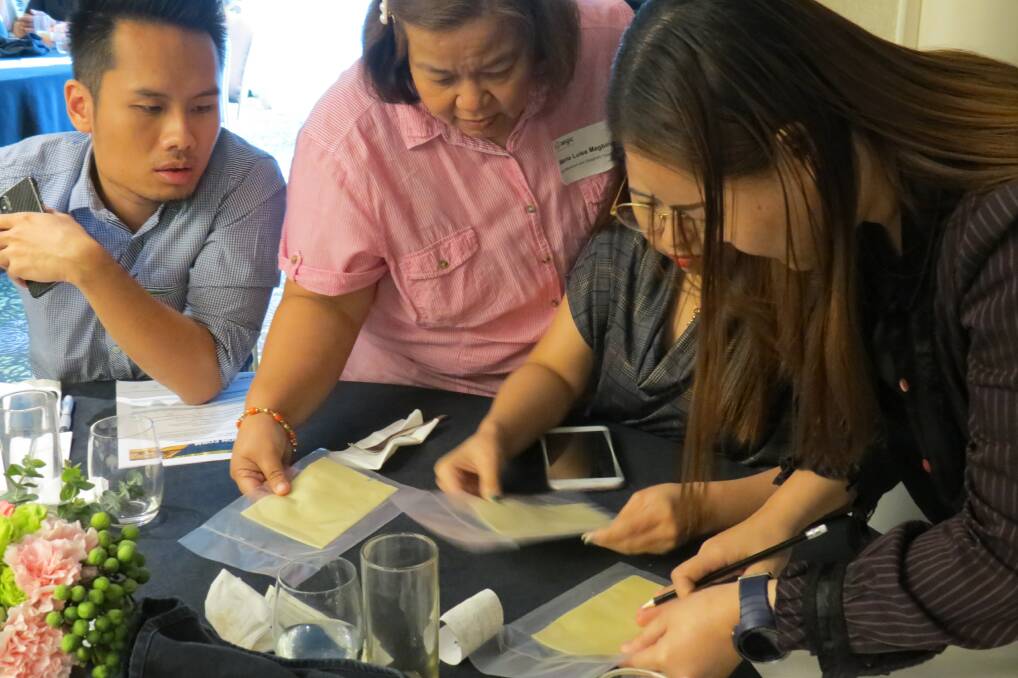
As Asian buyers become increasingly comfortable substituting the Australian wheat they have traditionally used for making noodles for cheaper wheat out of the Black Sea region, the Australian Export Grain Innovation Centre (AEGIC) is trying to maintain our market share into the region.
AEGIC is looking to preserve Aussie wheat's market share in the region by working to better understand and service the needs of noodle makers in the region.
There's no doubt that even though it is a tough task it is well worth doing.
According to AEGIC data south-east Asia accounts for almost half of all Australian wheat exports, the lion's share of which is used for instant noodles and fresh yellow alkaline noodles.
And to provide a better product, the Aussie wheat industry will have to think about quality, and in doing so outside the protein, moisture and screenings framework that dominates Australian perceptions of quality.
AEGIC has come up with a catchy phrase to sum up noodle makers' needs, saying the noodle needs to look good and feel good.
The looking good component means either the bright white or yellow colour desired by the Asian market, while feeling good refers to noodle texture and mouthfeel.
AEGIC wheat quality technical markets manager Larisa Cato said previous AEGIC research had already confirmed noodle texture, including firmness and elasticity, colour and colour stability were among the major factors that flour millers look for when making wheat purchasing decisions.
This research, a Grains Research and Development Corporation (GRDC) investment, involved collecting and analysing the wheat quality preferences of more than 250 flour milling staff in 40 flour mills across Indonesia, Vietnam, Thailand, Malaysia, Singapore and the Philippines.
"Thanks to this market insight, the Australian industry has a detailed understanding of what flour millers look for when buying wheat," Dr Cato said.
She said Australia had one key advantage in wheat production in the colour of our grain.
"We know Australian wheat has the best colour attributes for noodles, better than wheat from any other origin in the world.
However, in terms of texture she said there could be further work done.
"Whilst the noodle textural properties of our wheat are good, there is room for improvement."
In the light of these findings, AEGIC is now focusing on enhancing the noodle textural qualities of Australian wheat, which will look at the nuances of the requirements of each specific market.
"Noodle texture is related to mouthfeel, such as the balance of firmness and elasticity, and is unique to each noodle type and each market," Dr Cato said.
"AEGIC's objective is to develop measurable texture targets for each of our wheat classes to support Wheat Quality Australia classification and wheat breeders in new variety development."
Dr Cato said there was also an opportunity to further improve noodle appearance.
"This will help widen the gap between Australian wheat and wheat of other origins and help to maintain the premium status of Australian wheat."
As part of the work, AEGIC is benchmarking widely grown hard, APH and APW quality wheat varieties for their suitability in both the premium yellow alkaline noodle and instant noodle markets.
It is also working on developing a means to objectively test for noodle texture, which at present remains a subjective matter.
AEGIC is also ramping up in-market technical support and engagement throughout south-east Asia.
This year alone, AEGIC has hosted Australian wheat technical seminars in six south-east Asian countries: Indonesia, Vietnam, Malaysia, the Philippines, Myanmar and Thailand.


